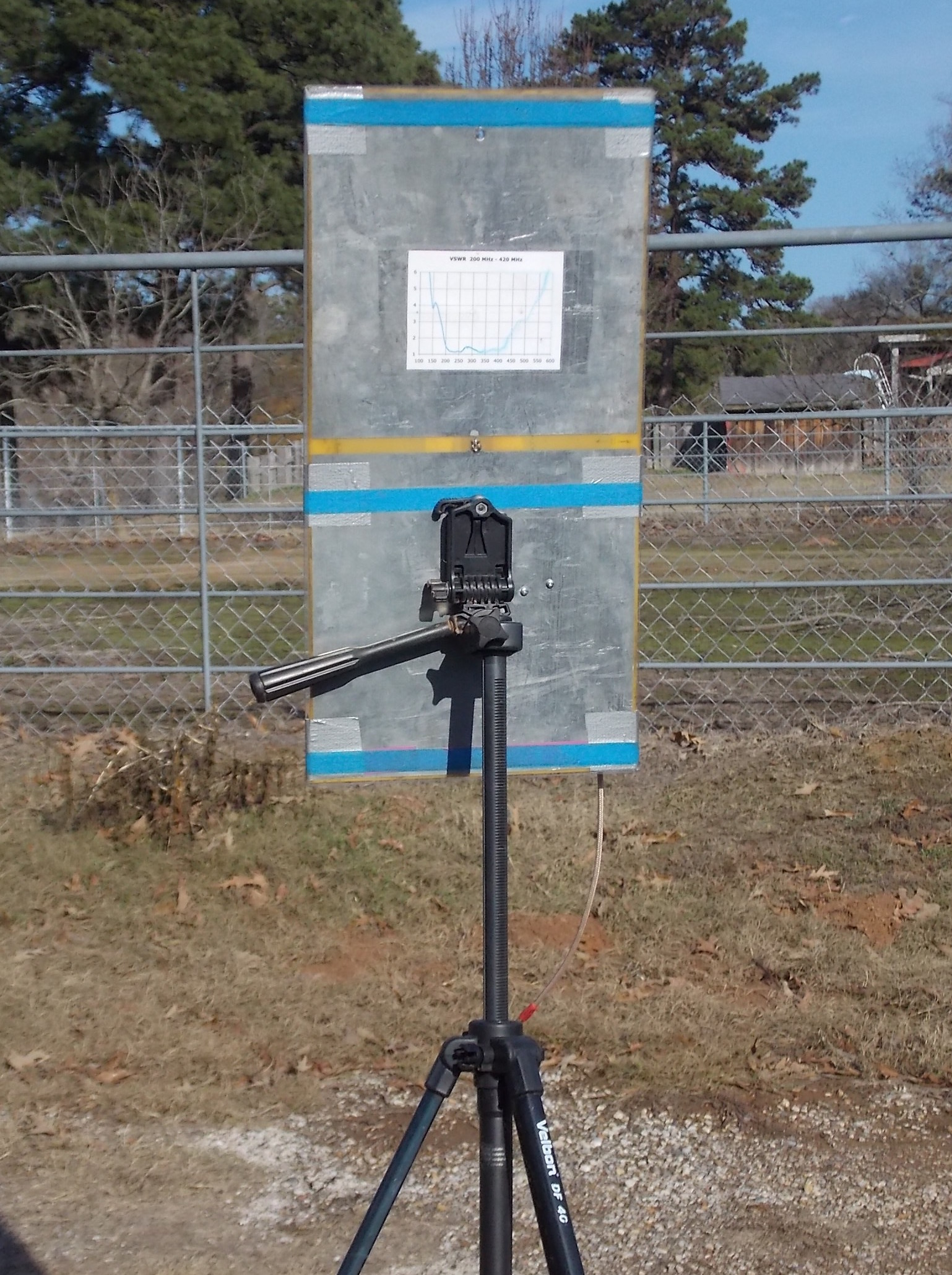Consulting RF/microwave engineer specializing in Ultra-WideBand (UWB) circuitry and Antenna design for communications and radar.
- 3 Year E-Tech ISU 1979
- Lawrence Livermore National Laboratory Full Scholarship 1988, 1989

- BSEE UC Berkeley 1990
GPA 3.98 T.O.C. - MSEE 1999
- 35+ years Lawrence Livermore National Laboratory E-Tech, EE, and Consultant – Hardware, Design, Modeling, Patents, and Applications in UWB Comms, RF OTA Powering, Radar, Antennas
- Profesional Awards: 2008 R&D100 Secure Cargo UWB Comms
 + 2009 Global Security Directorate Award
+ 2009 Global Security Directorate Award  + 2012 Global Security Directorate Gold
+ 2012 Global Security Directorate Gold  + Sensitives
+ Sensitives
Old Novice Call – WA7UNZ 1970’s
Current Extra Call – KD6RF

HAM STATION:
WSPR, Digital, and Voice station equipment scattered about the Lab and Home – from WSPR site ===> http://wsprnet.org/drupal/user/26288
X/Rcvr:
* IC706 MkIIG phase locked to Efratom FRS-A rubidium standard – 160M-6M, 2M, 70cM – usually on 160M or 15M
* IC706 MkIIG phase locked to Efratom FRS-A rubidium standard – 80M-6M, 2M, 70cM – usually on 80M or 10M
* TS430S with TCXO, typically +/-5 Hz accuracy – 80M-10M, usually on 40M
* Ultimate3s TX, 5W class E PA, Single Freq XTAL RX, typically +/-10 Hz accuracy – 30M – triplexed onto inverted L antenna
* Ultimate3s TX, 5W class E PA, Single Freq XTAL RX, typically +/-10 Hz accuracy – 20M – triplexed onto inverted L antenna
* Ultimate3s TX, 5W class E PA, R-2000 with TCXO RX, typically +/-10 Hz accuracy – 17M – triplexed onto inverted L antenna
* R7000 with ARR LNA, typically +/- 100 Hz (in)accuracy – 140 MHz through 3.5 GHz VTenn VIVALDI
Antennas:
* HF – inverted L, 45′ tall 45′ top, 160M-6M, BMU-160 base matcher, -2 dBi to +6 dBi, including tuner/cable
* HF – 3 X inverted L, 23′ tall 22′ top, 80M-6M, BMU-80 base matcher, -2 dBi to +6 dBi, including tuner/cable –Naturally, each has a proper radial field for efficiency on the lower bands–
* 2 Element homebrew yagi for 6 M, broadband reflector design, 26′ high
* 140 MHz through 3.5 GHz – VTenn VIVALDI, 26′ high, 17 deg elev tilt (for sat work) 7 dBi @ 144 MHz increasing to 13 dBi @ 3.5 GHz (VSWR < 1.4:1 over entire range)
* Various other Homebrew Turnstiles and Yagis for AmSat work
Vintage:
* Boatanchor Hammarlunds, HQ-129X, HQ-145 with homebrew non-product detector SSB mod and audio derived AGC that actually works, and a Gonset transmitter, and a few Heathkit Linear Amplifiers. Some tube type Regens.



Using only homebrew non-resonant end-fed Inverted-L’s for 230+ DX entities in the log. Naturally a proper radial system is used for decent efficiency on the low bands –
- 90 ft (45 ft tall, 45 ft across) Inverted-L — 160 M – 6 M
- 3 x 45 ft (23 ft tall, 22 ft across) Inverted-L’s — 80 M – 6 M
Low angle DX-Worthy radiation on ALL bands from the end-fed Inverted-L’s. From http://vtenn.com/Blog/?p=83 and http://vtenn.com/Blog/?p=110 ===>


Simple 200 MHz Wide UWB Antenna ===> http://vtenn.com/Blog/?p=506

Article describing the Fence Counterpoise Antenna used at the old California QTH. It turns out that a dirt simple metal fence makes a surprisingly mediocre counterpoise ===> http://vtenn.com/Blog/?p=19

c u OTA – 73 – dB
4,072 total views, 1 views today
I am contemplating trying to align my HQ 129X
using your procedure without any sweep gen.
In reading over the steps, I noticed that the “S” meter is
used in doing this alignment, but nowhere is there a mention
of having the rcvr in AVC mode. Is this just an understood
notion?
Yes – as I recall, it’s easiest to do this with S-Meter to help in signal peaking.
hi. i’ve contacted you before on the subject of hq 145 mods etc and i thanks for your inputs. i have a new problem. i hooked up a long wire antenna on my hq145 and tuned up and used a 300 watt transmitter. it blew something and now i have no lmo, 455kc or 2580 output so all is dead. i obviously overloaded it bigtime. nothing looks burned or heated so i don’t where to start except to get a new set of tubes on ebay. have any ideas? do you repair old radio sets? i’m in az and don’t relish the thought of packing it up etc. thanks for all you do. Rod, k6txe
That’s an odd one… sorry I do not do repairs 🙁 – I would start with dl’ing the manual and / or schematics and doing some easy voltage and resistance measurements.
Good luck !! – KD6RF